Language
WORLDWIDE SHIPPING
Set of 4 Classic Series Color Pink Himalayan Salt steak knives by Wusthof
€279.00
€228.69
Availability:
In stock
The iconic WÜSTHOF Classic Color steak knife is, like any knife from WÜSTHOF's Classic series, forged by the craftsmen of Solingen in Germany for centuries.
The extra sharp blade cuts through your favourite meat and vegetable dishes perfectly and fits beautifully on any set table.
Each Classic steak knife is forged from a single piece of specially hardened high-carbon steel and precision ground to stay sharp longer.
The sleek handle is triple riveted and features a full tang for superior safety and durability.
The WÜSTHOF Classic 4-piece steak knife set includes four 12 cm Classic steak knives in the colour Pink Himalayan Salt
FAQs

 IT
IT FR
FR
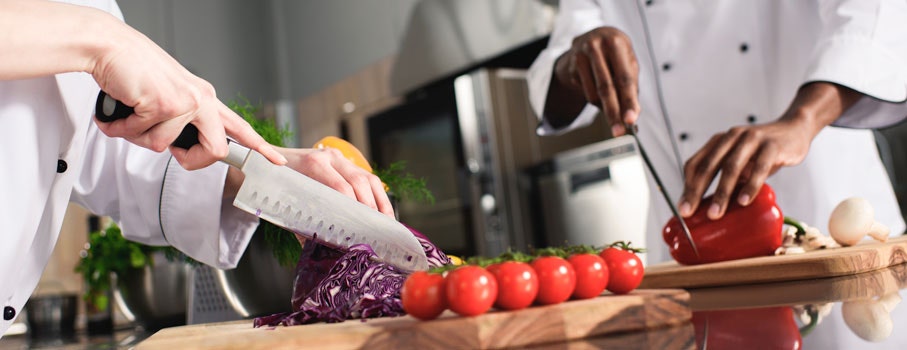
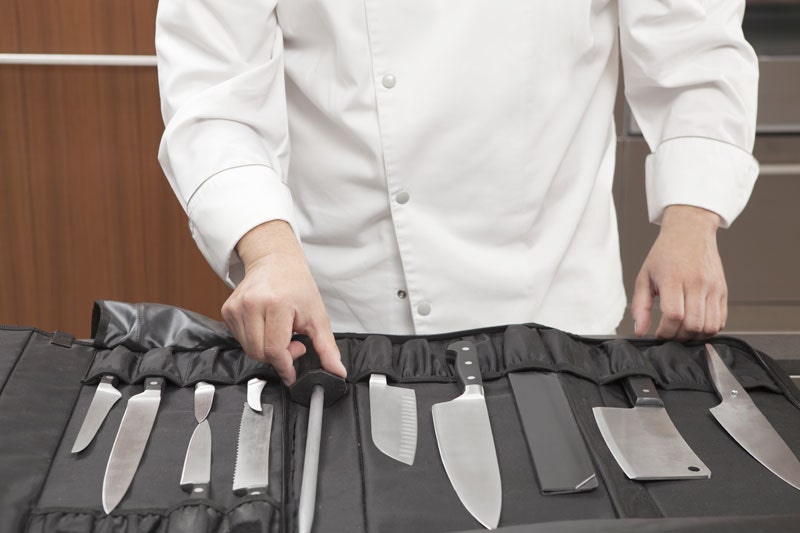
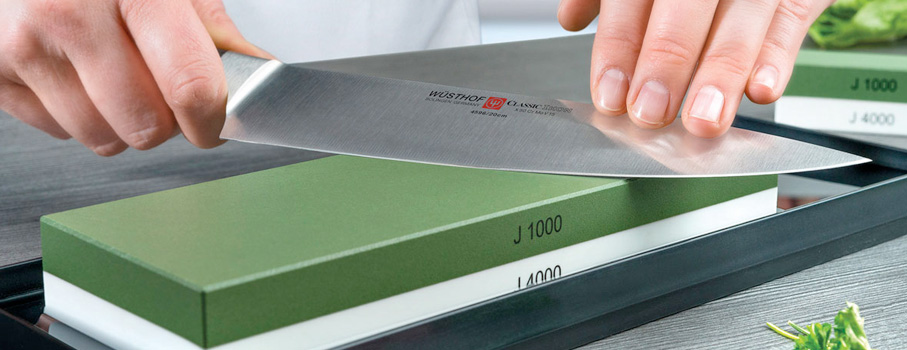
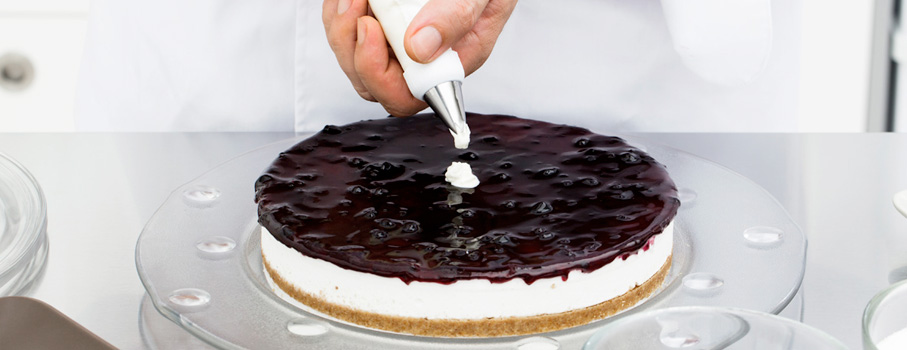

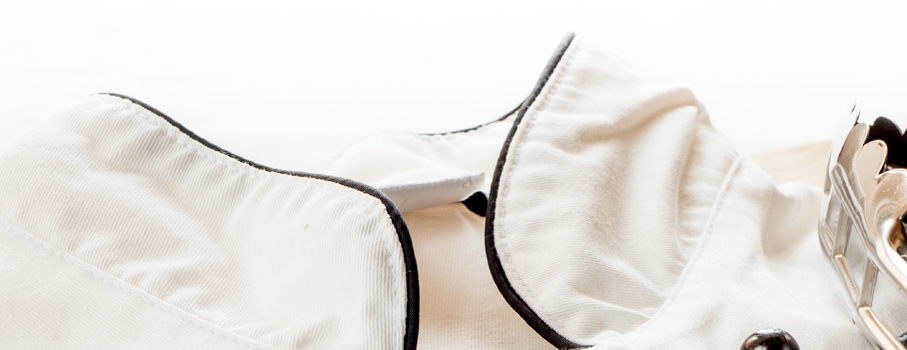
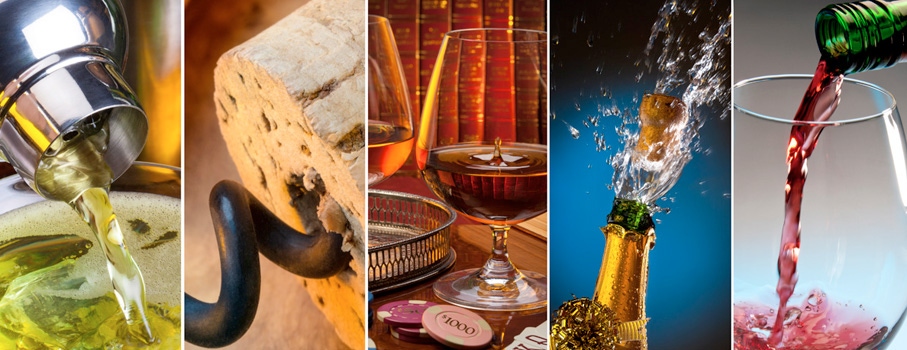
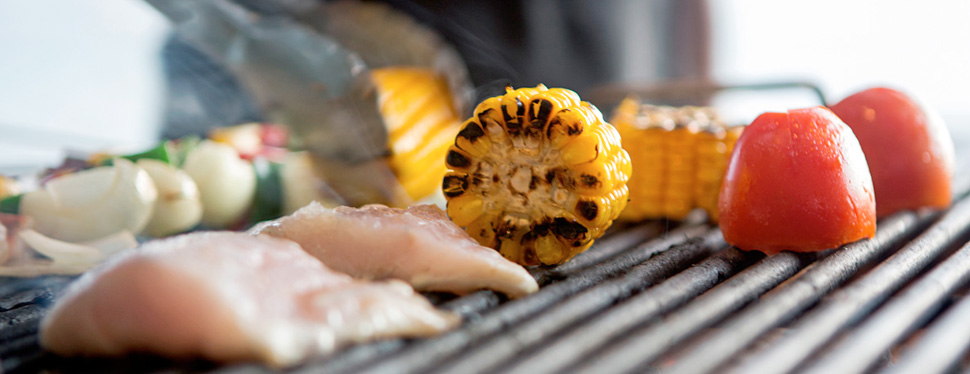

 IT
IT FR
FR
